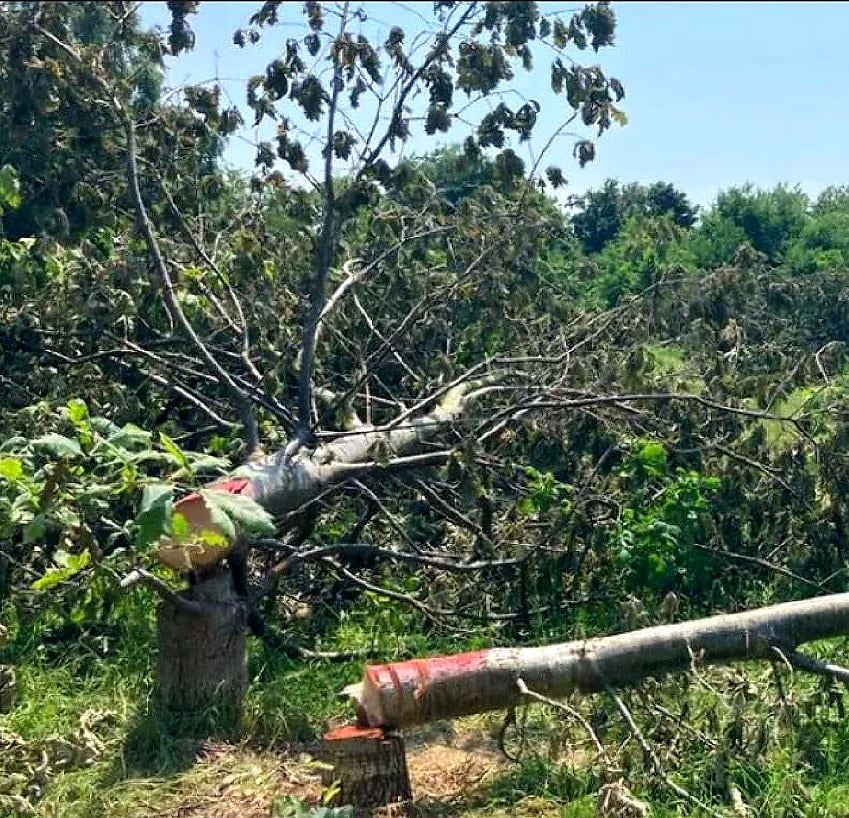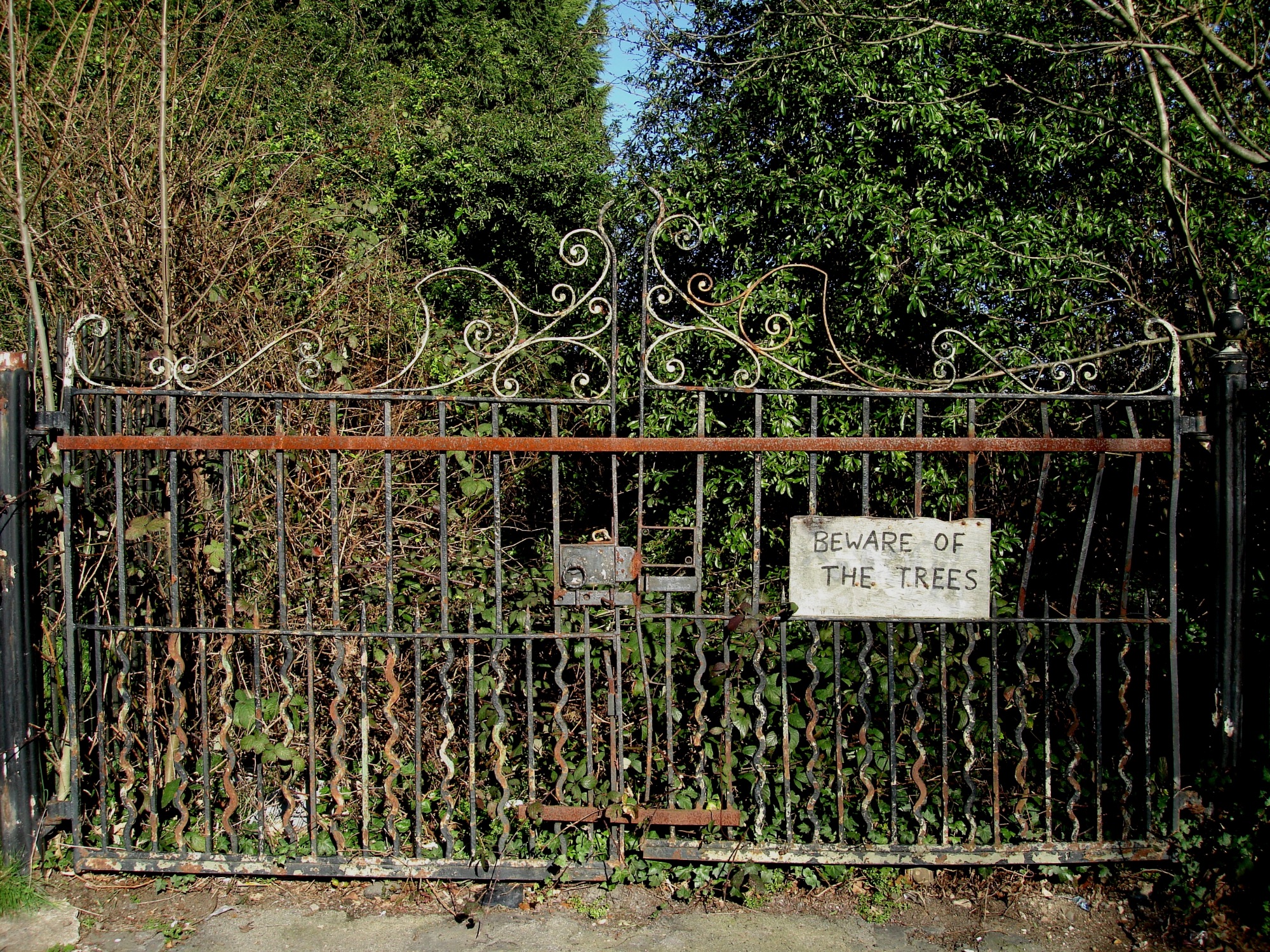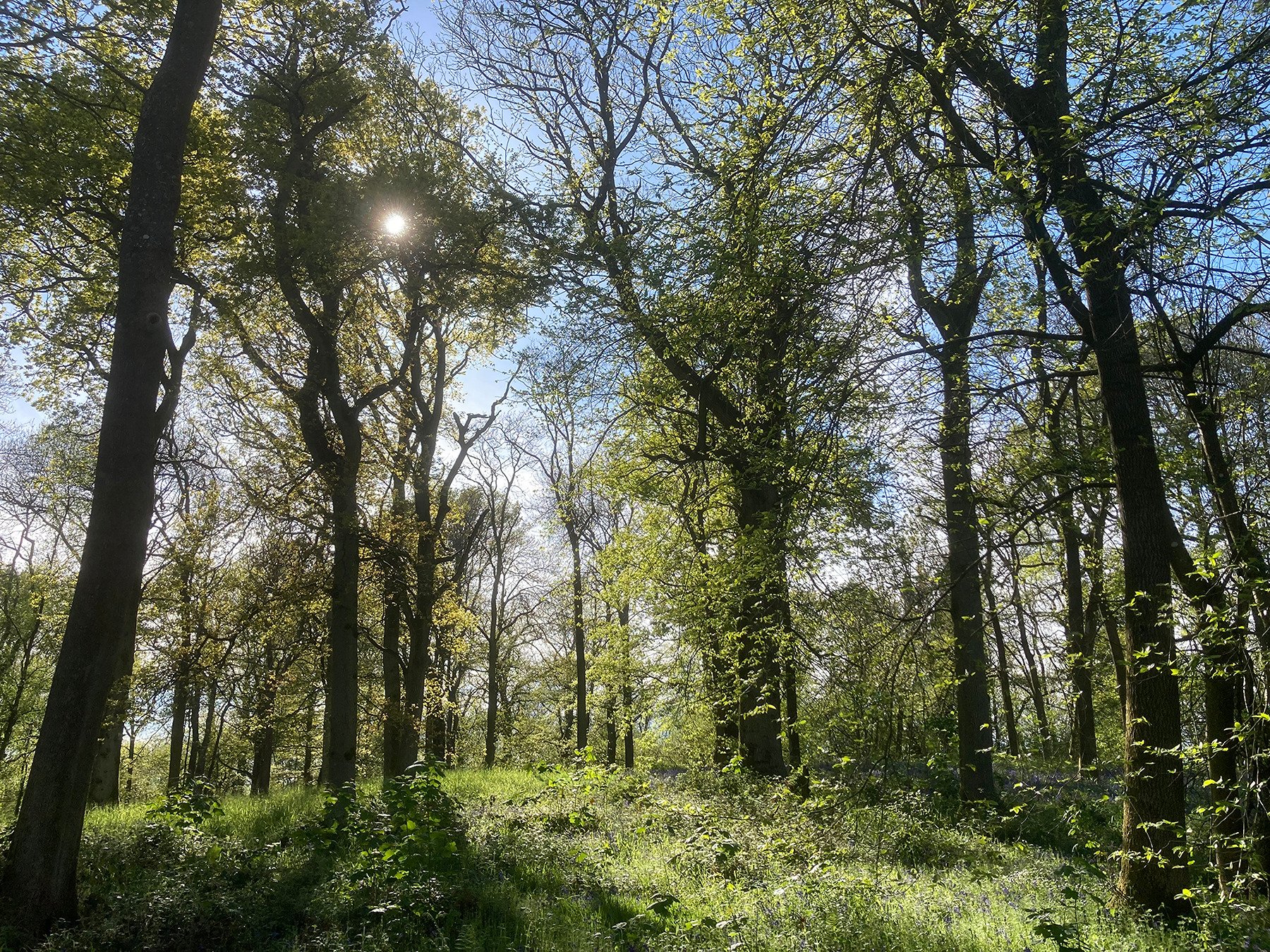Welcome to the
Herefordshire
Tree Forum
Championing Trees and the Green Environment
The Herefordshire Tree Forum consists of a group of volunteers and organisations dedicated to promoting the planting, care and preservation of trees throughout the county and to fostering a better understanding of the social, environmental and economic benefits that they provide. In this website we offer information and guidance with the aim of supporting more effective, sustainable management of the County’s green environment and of encouraging a deeper appreciation and active engagement with trees in both the public and private realms.
SCROLL DOWN for TREE NEWS & UPCOMING EVENTS also for CONTACTS and LINKS TO OTHER USEFUL WEBSITES
Walnut trees provide shelter and habitat for native wildlife, including insects, birds, and small mammals. Their nuts are a good food source for small mammals like squirrels and mice and the leaves provide food for certain moth caterpillars and other invertebrates.
Find the tree in Queenswood Arboretum at the northern end of Sovereign Walk: https://queenswood.treefinder.herefordshirewt.org/tree/B217/map
To see the latest planning applications for work on TPO & Conservation Area Trees:
"Recognising Ancient & Veteran Trees" - Woodland Trust guidance available here:
Upcoming Events
If you have tree news or event announcements, please get in touch
July 16
A Royal Forestry Society event at Batsford Estate
Sep 12
A Royal Forestry Society event at Berrington Park, Herefordshire
Tree News from the County & beyond
If you have tree news or event announcements, please get in touch
More than 1,000 diseased ash trees felled by Herefordshire Council
More than 1,000 diseased ash trees have been felled as Herefordshire Council works to tackle the fungal disease Chalara ash dieback.
Caused by the hymenoscyphus fraxineus fungus, external, Ash Dieback arrived in the UK in 2012 and has led to many trees being cut down. Ash was the third most common tree in Britain and in Herefordshire, more than 6,500 hectares of woodland contained ash, with the species also commonly found on roadsides and in public open spaces. The council said the first two phases of a scheme to remove diseased trees had been completed in a move to protect healthy trees, and work on phase three had begun.
Cllr Elissa Swinglehurst, Cabinet Member Environment, said: “We are committed to tree regeneration - our Tree and Hedgerow Management Plan sets out that every tree removed will be replaced with a minimum of five new, smaller trees. Where there is insufficient space to do this, larger trees will be planted on public open space instead.”
Wilder Marches: an ambitious nature recovery project launched across Herefordshire, Shropshire, Montgomeryshire and Radnorshire
‘Wilder Marches’ describes a unique natural and cultural landscape straddling the Welsh-English border and includes the headwaters of the River Lugg, River Teme and River Clun. Stretching across approximately 100,000 hectares, the area is home to long established rural communities and dotted with ancient woodlands, heathlands and peatland, flower-rich meadows, wood pasture and ‘ffridd’, a special upland habitat of scrub and grassland. The Marches also have areas of intensive farming as well as extensive forestry plantations where nature is struggling to thrive. The Wilder Marches initiative aims to enable a network of estates, farms, woods, nature reserves and commons to help nature recover once more.
National Trust plants 3,500 trees in Herefordshire
Funded by £607,000 from National Highways, the National Trust aims to rejuvenate 65 hectares of The Weir Garden in Herefordshire. Thousands of trees, plants, and seeds have been planted to create diverse habitats for wildlife, such as orchards, woodlands, meadows, hedgerows, and wood pasture.
The project is part of the National Trust's broader strategy to restore nature across the country which includes restoring over 65 hectares of priority habitat at The Weir Garden, an area that spans four hectares alongside the River Wye. The work will help create a mosaic of diverse habitats for wildlife within the 100-hectare Weir Estate. The National Trust will now manage the ongoing restoration, including livestock grazing and a hay cutting regime, to ensure the landscape remains resilient to climate change.
Recognising & Categorising Ancient & othe Veteran Trees
The Woodland Trust has now has revised guidance providing a transparent and reproducible method to recognise and categorise ancient and veteran trees. It includes a one-page categorisation key to highlight their distinguishing characteristics, alongside more comprehensive guidance to support anyone to recognise and categorise these special trees.
Over time, different definitions of ancient and veteran trees have caused confusion in categorising them. This guidance seeks to clarify these terms, helping practitioners, volunteers, developers, planning authorities and nature enthusiasts to correctly categorise these living legends.


Clone Bank for the Native Black Poplar
established in Herefordshire
The Native Black Poplar is one of our rarest native trees and as part of the work to re-establish it as a familar sight in the countyside, over 2000 plants and cuttings have been made avaialble to over 120 parishes throughout Herefordshire and beyond. In addition, to help to promote genetic diversity and create greater resilience for the species, a 'clone bank' of young trees has been planted at Oak Tree Farm. Grown from cuttings (or 'truncheons'), these represent the nine genetic types so far found amongst the surviving trees in Herefordshire. These include 2 of only 5 female trees found in the County; one of these was found to be genetically unique, being THAT close to extinction!This valuable resource has created interest from neighbouring counties, which may well be able to contribute more individuals to further widen the available genetic pool.
For more information about the Black Poplar Project, CLICK HERE
AND - The National Trust follows our lead! CLICK HERE
Tree Care 1 - #Free the Tree: Look out for strangled trees!
The Arboricultural Association has launched a 'free the tree' campaign There could be tens of thousands of trees across the UK being strangled by redundant tree ties left on too long. Wherever trees have been planted, in private gardens and along the side of roads, in car parks and housing estates, in schools and open green space, this issue can be found all too frequently. Through a lack of good aftercare or a lack of understanding, these trees will struggle to establish in the landscape, with many dying as a result.
For more information CLICK HERE - To download a poster, CLICK HERE
Tree Care 2 -Tree Council launches "Tree Love Care" campaign
Newly planted trees need simple care in their tender early years to thrive. Carrying out a little tree care is a great way to stay connected to the tree or trees you have planted, and could help them prosper for years and even decades to come. t’s easy to help young trees survive those critical first five years.
Find their useful tree care tips HERE
Can the Old Oak of Ross be saved?
The Old Oak of Ross is probably one of the oldest oaks in the county, which makes it one of the oldest trees in Europe. It has survived for perhaps 900 years but over the past ten years or so its condition has declined. The image on the right, taken May 2025, shows the Old Oak to the right of a much larger tree which, however, only dates from the 1920s. it can be seen that the section on the right appears to be dead although the left-hand part of the crown still bears green foliage. The reasons for the relatively sudden decline of the tree are uncertain but may be the result of the inundation by polluted water from the river Wye or perhaps as a result of historical agricultural practices. It can be seen that an agricultural exclusion zone has now been established around both the Old Oak and its younger neighbour.
Benhall Farm, within which the tree is situated, is tenanted, being part of the 13,000 acres that forms the Duchy of Cornwall's Herefordshire Estate. The duchy has been approached with the aim of initiating a programme of research to determine the cause of the decline and to put work in hand to improve the tree's growing conditions with the aim of halting and perhaps reversing the tree's deterioration. A grant application to fund these works has been presented under the 'Farming in Protected Landscapes' (FiPL) scheme. Th e proposal is to be considered and, it is hoped, approved in mid June.
CONTACTS
Herefordshire Tree Forum: [email protected]
Herefordshire Tree Warden Network: [email protected]
Herefordshire Ancient Tree Forum: [email protected]













































